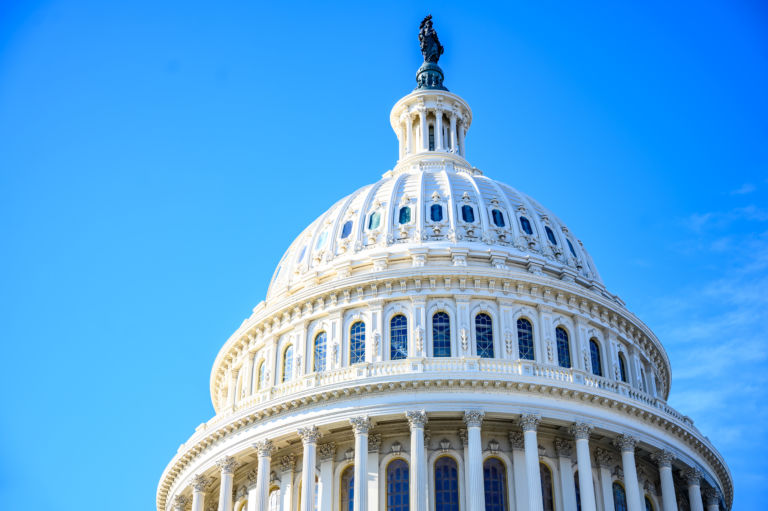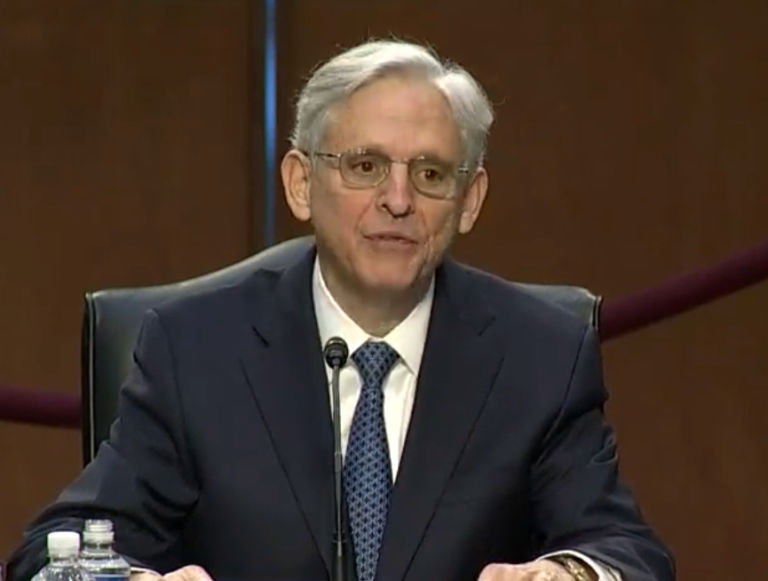Georgi Boorman writes for the Federalist about new research that questions the benefits of taxpayer-funded maternity leave.
The results of a study released this week on the long-term effects of California’s Paid Family Leave Act indicate the leftist policy may leave mothers in a less favorable position than they were in before the policy was enacted.
The California PFLA, enacted in 2004, provides 60-70 percent of a worker’s wages for up to six weeks to care for newborns within the first year of life or newly adopted minors within the first year of adoption, or to care for a seriously ill relative. …
… But researchers from the Universities of Michigan and Utah, Middlebury College, and the U.S. Department of the Treasury have revealed that two decades of “pro-family” policy have benefited working mothers little, and in fact may be depressing both their wages and employment. …
… The study design cleverly avoids some of the shortcomings of previous analyses of PFLA’s effect, such as small sample sizes and the imprecision of comparisons to women using somewhat different paid leave policies in other states. Researchers were able to evaluate a large sample size of working mothers in California in incredible detail, observing more than 153,000 women giving birth, including more than 74,000 women giving birth for the first time, in California. …
… The results did not reflect well on PFLA despite its good intentions. Within the first five years after birth, the boost in employment was not “greater than 1.8 percentage points,” and fell to 0.9 percentage points six to 11 years after childbirth. The study includes a separate examination of first-time mothers, however, since, as the authors observed, “women learn how to manage motherhood when they have their first child, developing both benchmarks (e.g., when to go back to work, how long to nurse) as well as childcare and work routines.” That analysis tells a different story, showing a short-run (one to five years) statistically significant 2.1 percent drop in employment and a 4.1 percent drop in the long run (six to 11 years).


